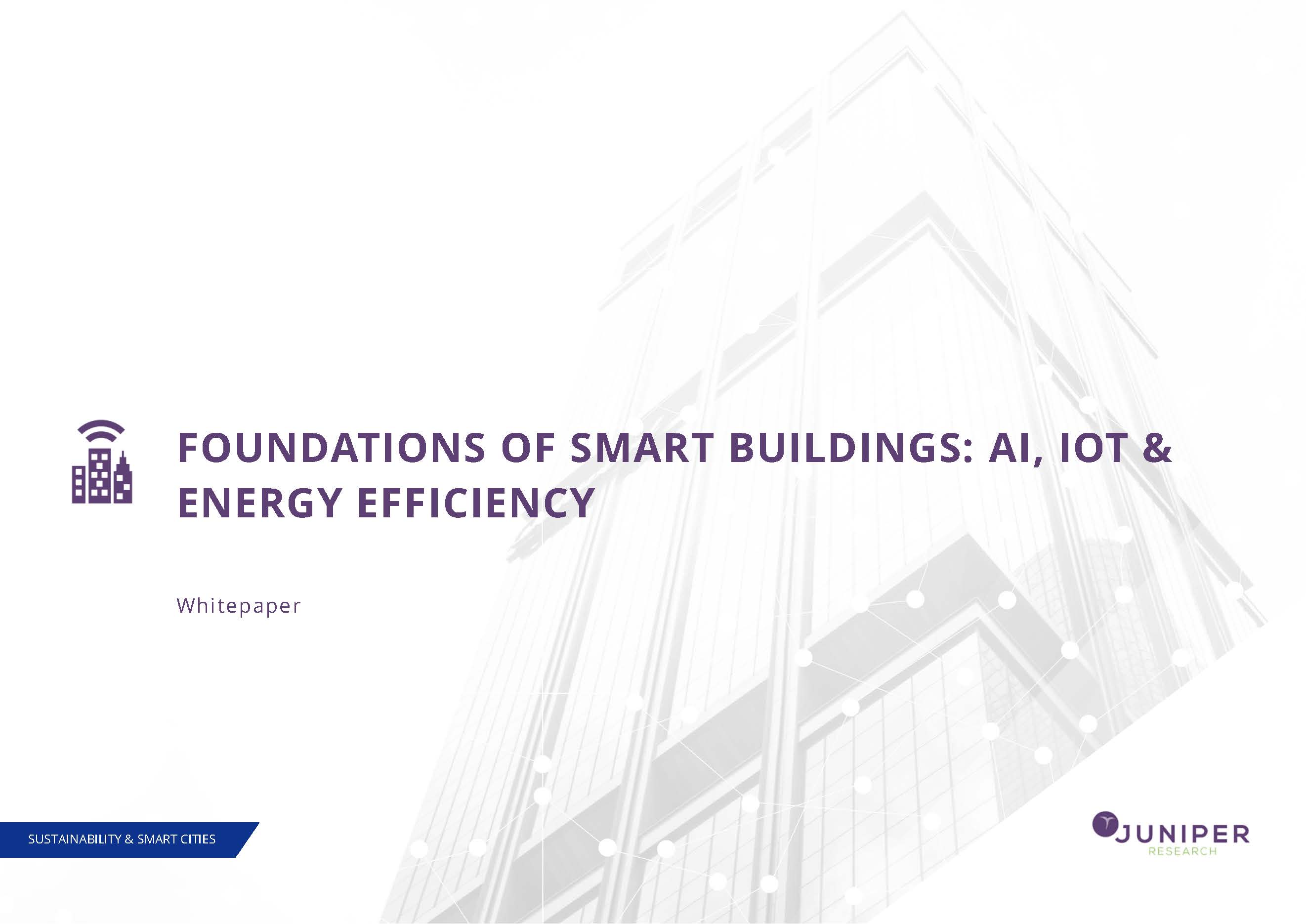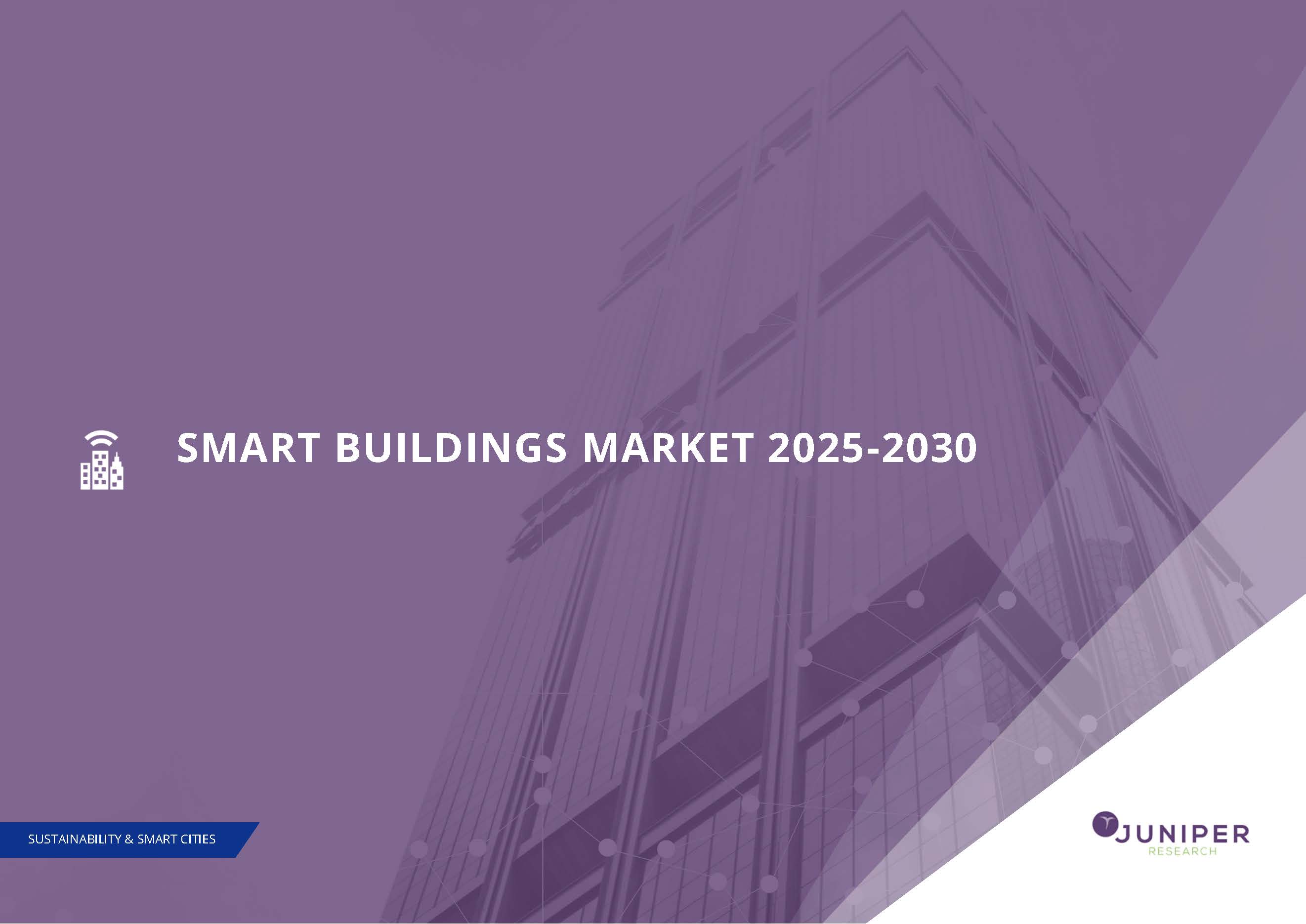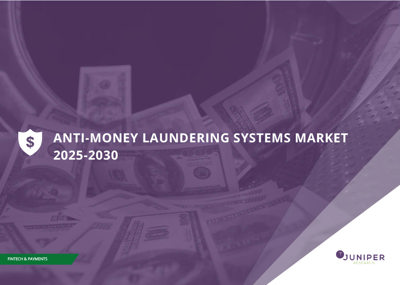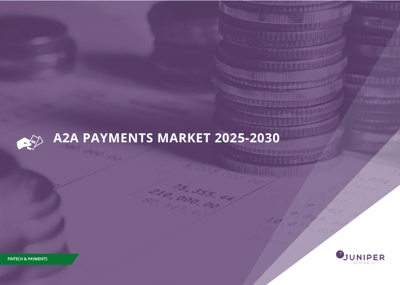Building the Future: Smart Building Hotspots in 2024

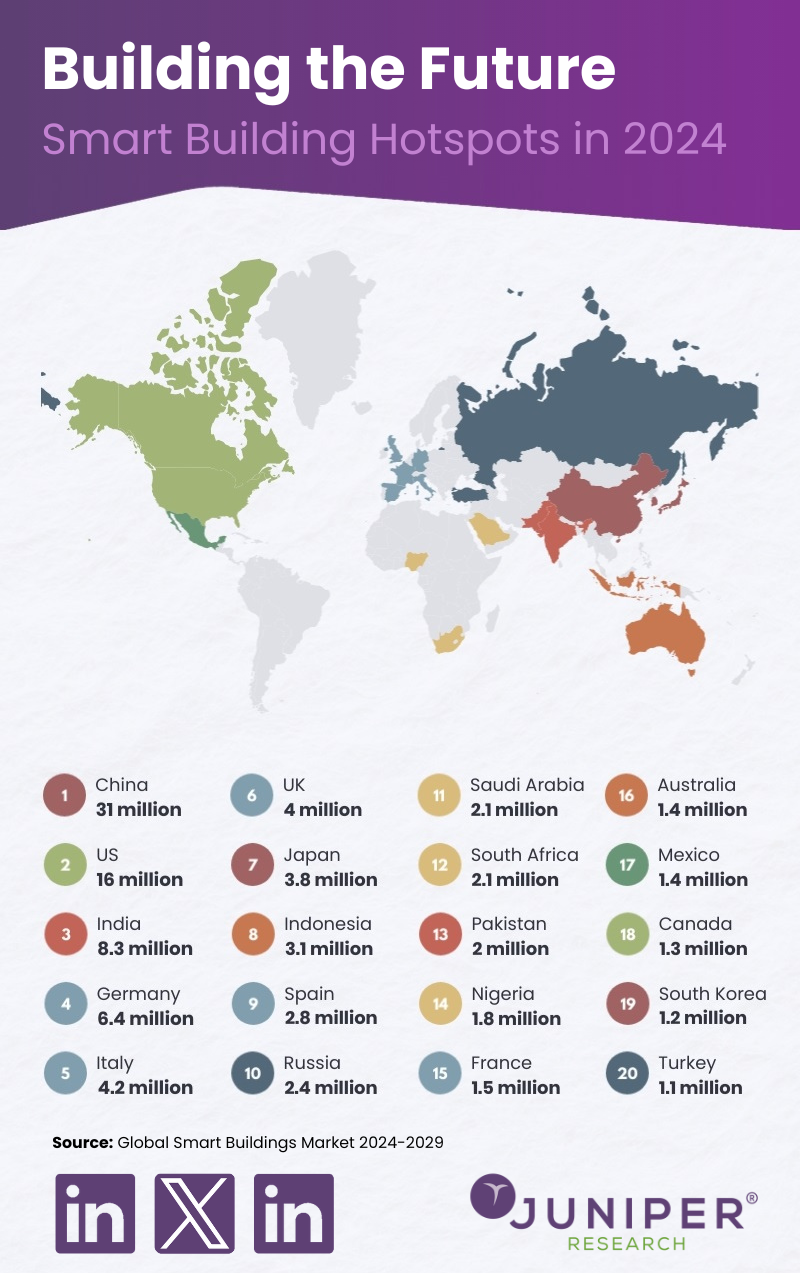
As the above infographic illustrates, smart buildings are now a global phenomenon; considering the benefits of these compared to standard buildings, it isn’t hard to see why.
Firstly, automation. Smart buildings are typically enabled with IoT sensors, which interconnect to a building management service or building automation service. This service can monitor usage and adjust devices according to appropriate patterns. In a traditional system, most services such as HVAC control and lighting are isolated and require manual control.
The automated control available in smart buildings leads to the first major advantage of smart buildings: a user-oriented experience. The ability of the building to automate controls allows for a personalised and enhanced user experience. Traditional buildings may have temperature and lighting controls, but will not have the ability to automate them.
Secondly, there’s remote monitoring. Building managers and owners can keep watch on their property and IoT devices through the use of application-based mobile monitoring. The major advantage of this ability is enhanced security. Traditional buildings do not offer this service, and thus may be more vulnerable to theft and other security threats.
Thirdly, there’s the increased energy efficiency, which in turn, can lead to significant operational cost savings. With the ability to automate services like HVAC, temperature and lighting, smart buildings will reduce both the business’ carbon footprint and costs associated with energy usage. Smart buildings can also be enabled to preform predictive maintenance, detect anomalies and schedule repairs before failures occur, also resulting in cost reductions.
For these reasons, we expect smart buildings to impact three property sectors:
- Commercial - Offices, educational institutions, hotels, and hospitals stand to gain from smart technologies such as occupancy monitoring, lighting controls, and HVAC systems. The adoption of smart solutions in commercial settings is driven by the desire to enhance user experiences, achieve net zero energy goals, and reduce operational costs.
- Industrial - Manufacturing plants, factories, and data centers benefit from smart building technologies through waste reduction, predictive maintenance, and real-time error detection. These advancements contribute to increased safety, energy efficiency, and cost savings, aligning with objectives to meet net zero energy targets and improve operational efficiency.
- Residential - Everyday properties are experiencing a surge in smart home adoption as individuals respond to the global cost of living crisis. Residents appreciate the cost savings and energy efficiency offered by smart technologies, particularly in light of environmental concerns like global warming. Remote monitoring and automation enhance convenience and comfort, driving the popularity of smart homes in this segment.
Source: Global Smart Buildings Market 2024-2029
Download the Whitepaper: The Impact of Industry 5.0 on Smart Building Technologies
Latest research, whitepapers & press releases
-
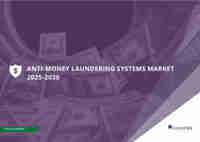 ReportSeptember 2025Fintech & Payments
ReportSeptember 2025Fintech & PaymentsAnti-money Laundering Systems Market: 2025-2030
Our AML Systems research suite provides a detailed and insightful analysis of this evolving market; enabling stakeholders from financial institutions, law enforcement agencies, regulatory bodies and technology vendors to understand future growth, key trends, and the competitive environment.
VIEW -
 ReportSeptember 2025Fintech & Payments
ReportSeptember 2025Fintech & PaymentsA2A Payments Market: 2025-2030
Our A2A Payments research suite provides detailed analysis of this rapidly changing market; enabling A2A payments service providers to gain an understanding of key payment trends and challenges, potential growth opportunities, and the competitive environment.
VIEW -
 ReportSeptember 2025Telecoms & Connectivity
ReportSeptember 2025Telecoms & ConnectivityMobile Messaging Fraud Prevention Market: 2025-2030
Our Mobile Messaging Fraud Prevention research suite provides a detailed and insightful analysis of a market set for significant disruption over the next five years. It enables stakeholders from mobile operators, enterprises, and mobile messaging fraud prevention vendors to understand how the market for mobile messaging fraud will evolve, as well as the impact of AI, RCS, and the evolving competitive environment.
VIEW -
 ReportSeptember 2025Sustainability & Smart Cities
ReportSeptember 2025Sustainability & Smart CitiesSmart Grid Market: 2025-2030
Our cutting-edge Smart Grid research suite provides a comprehensive view of a market at the forefront of the global energy transition. It examines the major disruptions transforming the sector, from the integration of distributed energy resources and the rise of virtual power plants to the growing role of AI-driven intelligence and the mounting need for robust cyber security and compliance.
VIEW -
 ReportSeptember 2025Fintech & Payments
ReportSeptember 2025Fintech & PaymentseCommerce Payments Market: 2025-2030
Juniper Research’s eCommerce Payments research suite provides a comprehensive and insightful analysis of this market; enabling stakeholders, from eCommerce payment platform providers to merchants and payment service providers, to understand future growth, key trends, and the competitive environment.
VIEW -
 ReportSeptember 2025Telecoms & Connectivity
ReportSeptember 2025Telecoms & ConnectivityA2P & Business Messaging Market: 2025-2030
Our extensive A2P & Business Messaging research suite comprises detailed analysis of a market undergoing rapid evolution. It provides guidance to mobile operators on how to navigate this shift and grow revenue from business messaging in the future.
VIEW
-
 WhitepaperSeptember 2025Telecoms & Connectivity
WhitepaperSeptember 2025Telecoms & ConnectivityRCS Fraud: Emerging Threats in Next-gen Messaging
Our complimentary whitepaper, RCS Fraud: Emerging Threats in Next-gen Messaging, examines the future of the messaging fraud prevention market, with a particular focus on the latest trends within RCS Business Messaging (RBM). Additionally, it includes a forecast summary of the total cost of fraud over RBM to subscribers in 2030.
VIEW -
 WhitepaperSeptember 2025
WhitepaperSeptember 2025Decentralising the Smart Grid: Opportunities & Challenges
Our complimentary whitepaper, Decentralising the Smart Grid: Opportunities & Challenges, explores how distributed energy resources, renewable integration, and virtual power plants are reshaping grid management.
VIEW -
 WhitepaperSeptember 2025Fintech & Payments
WhitepaperSeptember 2025Fintech & PaymentsGoing Glocal ~ Why Local Payment Methods Are Driving eCommerce
Our complimentary whitepaper, Going Glocal ~ Why Local Payment Methods Are Driving eCommerce, assesses how local payment methods are driving the increasing accessibility to eCommerce, and challenges to eCommerce growth.
VIEW -
 WhitepaperSeptember 2025Telecoms & Connectivity
WhitepaperSeptember 2025Telecoms & ConnectivityOperator Success Strategies in A2P Messaging for 2026
Our complimentary whitepaper, Operator Success Strategies in A2P Messaging for 2026, examines the outlook of the A2P messaging market over the next five years.
VIEW -
 WhitepaperAugust 2025Fintech & Payments
WhitepaperAugust 2025Fintech & PaymentsSynthetic Identity Fraud: The Lurking Threat to Modern Banking
Our complimentary whitepaper, Synthetic Identity Fraud: The Lurking Threat to Modern Banking, examines the current fraud landscape; explaining the role of key actors in the fraud prevention landscape, and recent developments within the fraud prevention industry.
VIEW -
 WhitepaperAugust 2025Sustainability & Smart Cities
WhitepaperAugust 2025Sustainability & Smart CitiesFoundations of Smart Buildings: AI, IoT & Energy Efficiency
Our complimentary whitepaper, Foundations of Smart Buildings: AI, IoT & Energy Efficiency, evaluates the main technical components of smart building architecture; being the key objectives and challenges for their acquirement and deployment in the market, as it currently stands.
VIEW
-
Telecoms & Connectivity
ReveNet: Operators Must Act to Restore Trust & Transparency to $55bn A2P SMS Ecosystem
September 2025 -
Telecoms & Connectivity
RCS Business Messaging Fraud to Cost Mobile Subscribers $4.3 Billion Globally Over the Next 5 Years
September 2025 -
Sustainability & Smart Cities
Smart Grids to Support 43% of Global Electricity Supply by 2030, Driven by Virtual Power Plants
September 2025 -
Telecoms & Connectivity
Calling All Telecoms & Connectivity Innovators: 2026 Future Digital Awards Now Open for Entries
September 2025 -
Fintech & Payments
eCommerce Market to Surpass $13 Trillion by 2030 Globally, with Stripe, Visa, and PayPal Leading the Charge
September 2025 -
Telecoms & Connectivity
Conversational Use Cases Fuel Global Messaging Boom: Nearly 3 Trillion Business Messages by 2030
September 2025
